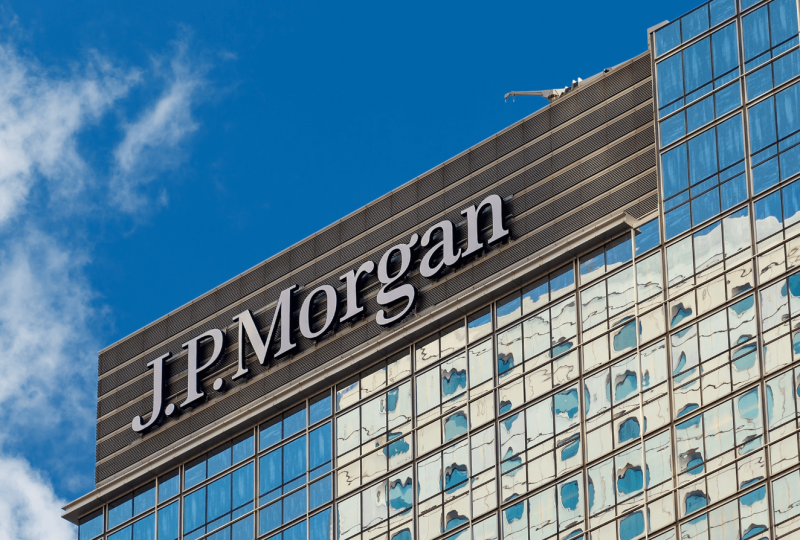Merely Average Stocks Beat the Market. Here’s Why
Jan 19, 2022

Average is a colloquial term. We employ it without even realizing it: Average housing prices and temperatures or e.t.c. Almost everyone's day is influenced by average.
Recently we published an article on the most ordinary stocks in the S&P 500 and Dow Jones Industrial Average. We did it mostly as a context exercise. Knowing the average can assist investors in determining if a stock is popular, despised, pricey, or affordable. As it turns out, the typical stock's performance was everything but, and we now understand why.
We determined the average using a mix of analyst buy ratings, analyst price targets, and valuation multiples.
When we initially looked, FedEx (FDX) and JPMorgan Chase (JPM) were the S&P 500 and Dow average companies, respectively. Since the article was published in July 2020, JPMorgan stock has returned an average of roughly 35% each year, outperforming the Dow's average yearly return of 22%. FedEx stock has returned almost 34% each year on average, outperforming the S&P 500's average annual return of 27%.
We devised a two-pronged argument for why a just mediocre stock might outperform the market as a whole. To begin, the average stock is almost certainly going to be quite an excellent, moderately priced firm. Additionally, because it is merely average, there is still space for growth in terms of analyst opinion. In July 2020, over 53% of analysts covering FedEx rated the company as Buy. Now, 74% of analysts rate FedEx as Buy as well.
Today, the S&P 500 and Dow appear to have average stocks of Ulta Beauty (ULTA) and Johnson & Johnson (JNJ), respectively.
Around 59% of analysts that cover Ulta grade the company as a Buy. The average price objective suggests a gain of almost 19% from recent levels, and the company now stock prices at approximately 22 times expected 2022 earnings.
The average Buy rating for S&P 500 stocks is around 58 percent. Analysts' average price targets for these companies imply gains of almost 13%. And the market is currently priced at almost 22 times projected earnings in 2022.
J&J's buy-rating, potential upside, and price-to-earnings ratios are around 57%, 9%, and 17 times, respectively. The average Buy rating for Dow stocks is almost 60%. The average analyst price target suggests an upside of almost 11%, and the Dow is now trading at approximately 19 times expected 2022 profits.
While there are two stocks and two indices, there are more averages that investors may find beneficial. There are growth indices, value indices, indexes of high capitalization, and, of course, indexes of small-capitalization.
The S&P 500 is essentially a stock index for companies with large market capitalization stock indexes. The index's averages serve as reasonable substitutes for big stocks. Smaller companies have other metrics. The Russell 2000 Index of small-cap stocks has an average Buy rating of around 65 percent. As facts say, analysts like smaller companies. Analyst price targets, on average, imply gains of almost 78 percent. The Russell 2000 is now priced at around 31 times projected profits in 2022.
Barron's identified National Vision as the most average stock in the Russell 2000 Index (EYE). Approximately 69% of analysts that cover National rank the stock as a Buy. Analyst target prices on average imply gains of 54%. The shares are now priced at around 30 times the expected 2022 earnings.
Now it's time for growth stocks. The average Buy rating for Russell 1000 Growth Index equities is around 63%. The average analyst price objective suggests a gain of around 30%. The index is now selling at around 32 times projected earnings in 2022 and 5 times projected revenues in 2022.
It was difficult to align all of those indicators for a single stock, but we discovered that Chipotle Mexican Grill (CMG) is the most average stock in the Russell 1000 Growth Index. Around 68% of analysts covering Chipotle rank the company as a Buy. Analyst target prices on average imply gains of 34%. The shares are now selling at around 60 times projected 2022 earnings or five times estimated 2022 revenues.
Finally, the average Buy-rating ratio for Russell 1000 Value Index equities is around 57%. The average analyst price objective suggests a gain of almost 20%. The index is now priced at around 17 times projected profits in 2022.
VMWare is the most average stock in the Russell 1000 Value Index that we discovered (VMW). Around 58 percent of analysts covering VMware rank the stock as a Buy. The average analyst target price suggests a gain of almost 21%. The shares are now priced at around 17 times the expected 2022 earnings.
In the future, the "average" portfolio may not outperform the market. There is less evidence to support the concept that the average outperforms the market. Nonetheless, the advantage of market context persists.




